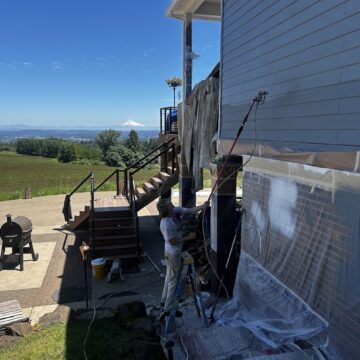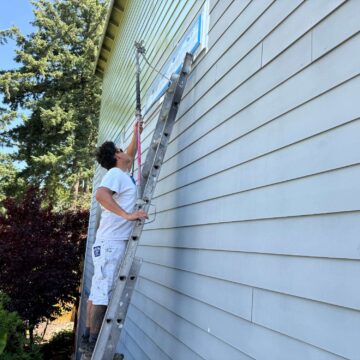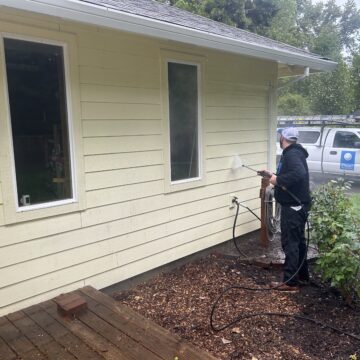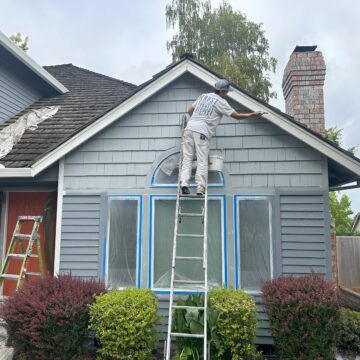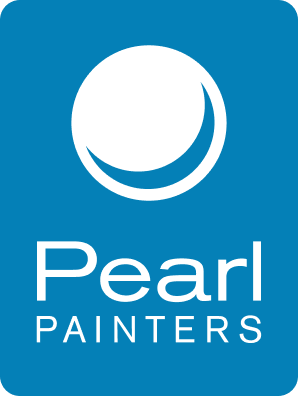If you’ve ever prepped for an interior painting project, you might have heard that you must clean your walls before painting. But here’s the secret – most of the time, you don’t need to. While it might seem logical to give every surface a deep scrub before picking up a brush, in reality, cleaning interior walls is only necessary in specific situations. Over-cleaning can even introduce unnecessary moisture or residue that affects paint adhesion. So, when should you actually wash your interior walls before painting? Let’s break it down.
Do You Really Need to Clean Your Walls Before Painting?
For most interior painting projects, a thorough visual inspection is all that’s needed. Unless your walls have visible grime, stains, or residue, a full washdown isn’t required. Here’s why:



For the average home, light dusting or a quick wipe are all that are needed before painting. Save the actual washing for high-contact areas or significantly dirty walls (see below).
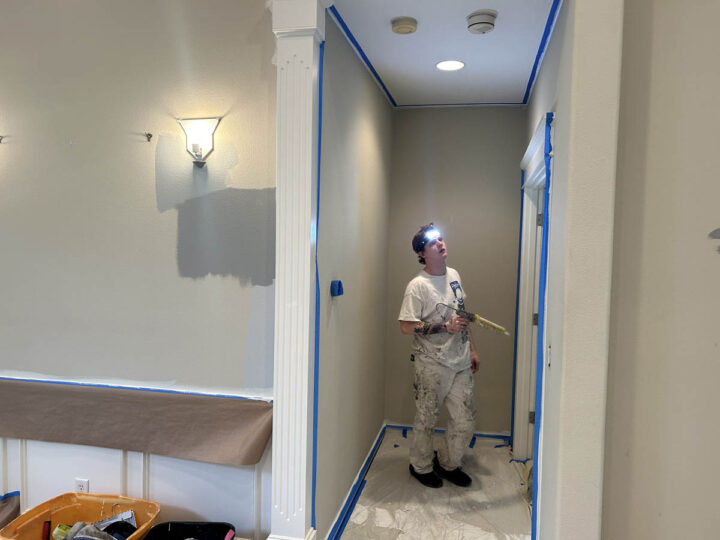
When Should You Clean Walls Before Painting?
While a deep clean is rarely necessary, there are some situations where cleaning your walls is recommended:
1. High-Traffic Areas (Mild Cleaning Required)
Places where hands, feet, and everyday life come into contact with the walls might need a quick wipe-down. This includes:
- Around light switches
- Near door frames
- Entryways and hallways
- Kid’s play areas
How to Clean: Mix a tiny amount of Dawn dish soap with warm water, dampen a microfiber cloth with this mixture, and wipe down these areas. Use a second damp cloth with just water to wipe a second time, to remove soap residue. Avoid excessive moisture – damp, not soaked, is key.
2. Walls Exposed to Smoke (Heavy Cleaning Required)
If the walls have been exposed to cigarette smoke or fire/smoke damage, cleaning is essential. Smoke leaves behind a sticky residue that paint won’t properly adhere to.
How to Clean: Use no-rinse TSP (trisodium phosphate) diluted in water. Wipe down the walls and allow them to dry completely before priming and painting.
3. Kitchen & Bathroom Walls (Targeted Cleaning Required)
Kitchen walls, especially near stoves, can accumulate grease and cooking residue. Bathrooms may have moisture-related buildup.
How to Clean: Unlike cabinets, trim, and doors (which we clean with denatured alcohol to remove grease and oils), walls only need mild soap and water. If there’s a lot of buildup, a degreasing cleaner designed for walls can be used sparingly on those areas.
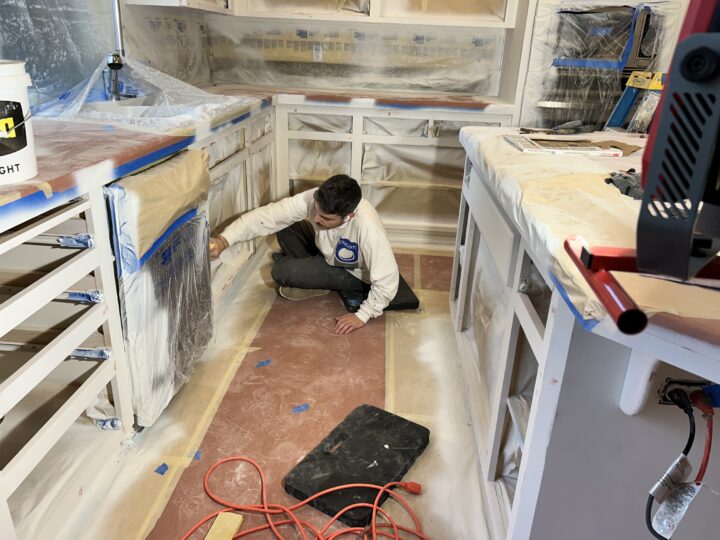
4. Walls Affected by Construction Dust (Vacuum/Wipe-Down Required)
If you’ve had recent hardwood floors sanded, drywall work done, or other renovations, your walls might be covered in a fine layer of dust.
How to Clean:
- Use a microfiber cloth to wipe down the walls gently.
- A shop vac with a brush attachment can also be effective for removing dust without smearing it.
- Avoid using water, as construction dust mixed with moisture can turn into a paste that’s harder to remove.
A Quick Note on Textured Walls
If you read through all of this advice and are wondering if the texture – or lack thereof – changes anything, we’re here to ease your mind on that. Cleaning before painting is the same for both smooth and textured walls. All our advice here applies to both.
However, if you are cleaning your walls as general upkeep of your house, and are not painting afterward, you do need to keep texture in mind. The quality of the paint, sheen, and texture of the wall all influence how you clean your walls. Always make sure to not clean too hard to avoid damaging the desired finished look (texture + sheen).
What About Priming Instead of Cleaning?
In cases where walls are slightly discolored but otherwise clean, a high-quality primer can often take care of the issue instead of cleaning. Priming is necessary when:
- Covering dark or bright colors
- Painting over stains that can bleed through (e.g., water damage, nicotine stains)
- Transitioning between different sheens (e.g., from glossy to matte)
Clean Smart, Not Hard
Most of the time, there’s no need to scrub your entire interior before painting. Focus on high-traffic areas, smoke-affected walls, and dust from renovations. For everything else, a simple dusting or light wipe-down will do the trick – or simply don’t clean at all prior to painting.
By knowing when to clean (and when not to), you can save time and effort while still ensuring a smooth, professional-looking paint job.
Need expert advice for your next painting project? Contact Pearl Painters today for a free consultation!



